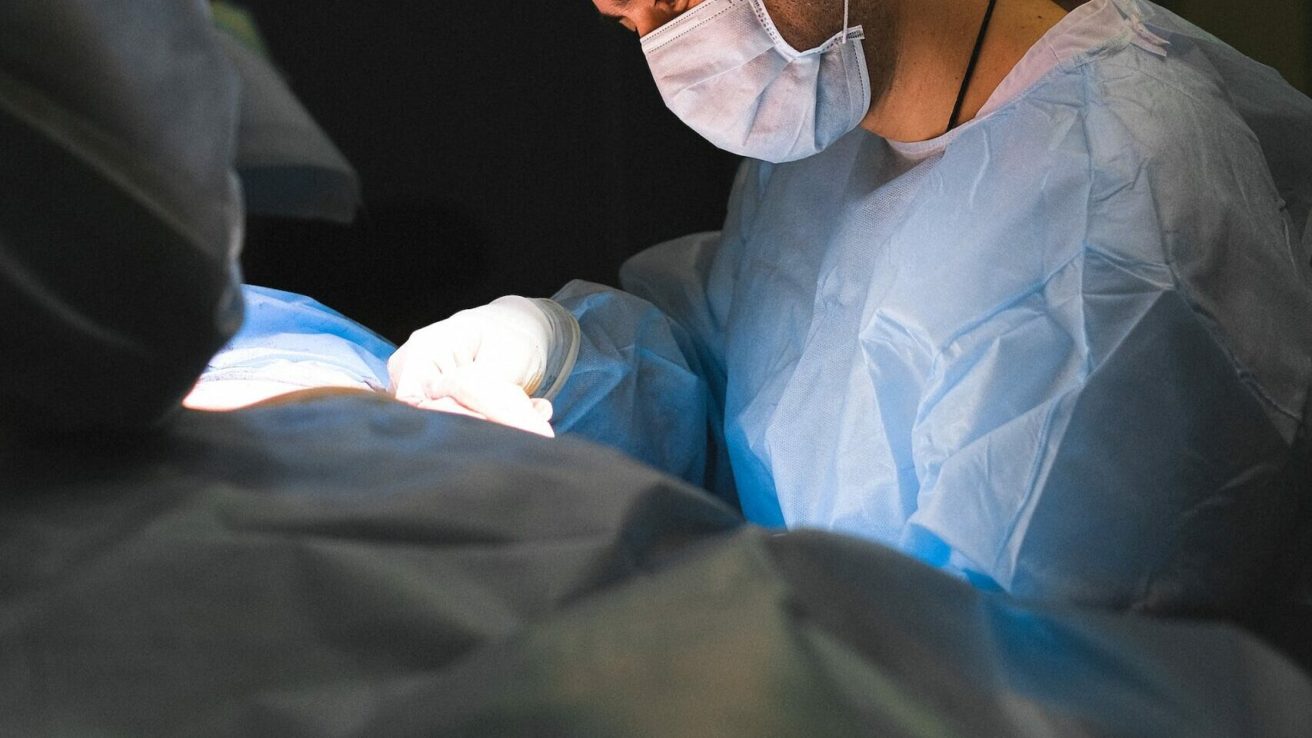The presence of multifocal positive surgical margins after robotic radical prostatectomy was associated with mortality in patients with adverse clinical and pathological characteristics in a retrospective cohort study.
Positive surgical margins (PSMs) represent an adverse feature in prostate cancer patients undergoing radical prostatectomy (RP). PSMs are common post-RP and found in 6–40% of patients. Although PSMs are strongly associated with the risk of biochemical recurrence (BCR), a correlation has not been definitively established between overall mortality (OM) and cancer-specific (CSM) mortality.
A study published in the journal European Urology Oncology assessed whether the presence and features of PSMs are associated with BCR, OM, and CSM in prostate cancer patients who underwent robotic-assisted RP (RARP) with a post-op follow-up of ≥10 years.
Patient Characteristics
A total of 8141 patients were enrolled, of whom, 1348 (16%) had PSMs. Among these, 1134 (84%), 166 (12%), and 48 (3.6%) demonstrated PSMs that were <3mm, ≥3mm, and multifocal, respectively. Patients with PSMs had worse pathological and clinical characteristics than those without PSMs.
Significant Association of Multifocal PSMs With CSM and OM
At a median follow-up of 143 months, 1550 (19%) participants had BCR and 898 (11%) died. Multivariable analyses revealed that the presence and features of PSMs were significantly associated with BCR (all p<0.001). The probabilities of 10-year BCR-free survival were 85% and 70% in men without and with PSMs, respectively.
In contrast, only multifocal PSMs showed a significant association with CSM (hazard ratio (HR): 4.68) and OM (HR: 1.82). The probabilities for 10-year cancer-specific and overall survival, respectively, were 95% vs. 99% and 87% vs. 93–94% for participants with multifocal PMS vs. the others.
Association Between Multifocal PSMs and Mortality
Analyses after stratifying the groups by scores on UCSF’s Cancer of the Prostate Risk Assessment (CAPRA) prognostic tool, groups showed that the presence and features of PSMs were significantly associated with BCR (all p≤0.02) in all groups. The presence of PSMs was associated with CSM in participants in intermediate-risk (HR: 1.71) and high-risk (HR: 2.20) groups. Regarding features of margins, only multifocal PSMs were associated with CSM in participants in intermediate- (HR: 7.26) and high-risk (HR: 9.26) groups and with OM in participants with high-risk cancer (HR: 2.97).
Positive Surgical Margins Impact Prostate Cancer Outcomes
Overall, 3075 (38%) patients had adverse pathological features (pathological stage 3–4, grade group 4–5, lymph node invasion pN1 at final pathology, and/or prostate-specific antigen persistence). The presence and features of PSMs significantly increased the risk of BCR, both in participants with adverse and those with non-adverse pathological features (all p≤0.002).
In contrast, the presence of PSMs was associated with CSM only in patients with adverse pathological features (HR: 1.79). Moreover, multifocal PSMs were associated with CSM (HR: 9.5) and OM (HR: 2.59) only in those with adverse pathological features. Analyses after excluding 149 patients who received post-RARP adjuvant therapy demonstrated that only multifocal PSMs were associated with both CSM (HR: 5.10) and OM (HR: 1.94).
In conclusion, the study found no association between unifocal PSMs and survival but demonstrated an association between multifocal PSMs and mortality in patients with adverse clinical and pathological characteristics.
Source:
Pellegrino, F., Falagario, U. G., Knipper, S., Martini, A., Akre, O., Egevad, L., Aly, M., Moschovas, M. C., Bravi, C. A., Tran, J., Heiniger, Y., Von Kempis, A., Schaffar, R., Carrieri, G., Briganti, A., Montorsi, F., Rochat, C., Mottrie, A., Ahlering, T. E., . . . Wiklund, P. (2023). Assessing the Impact of Positive Surgical Margins on Mortality in Patients Who Underwent Robotic Radical Prostatectomy: 20 Years’ Report from the EAU Robotic Urology Section Scientific Working Group. European Urology Oncology. https://doi.org/10.1016/j.euo.2023.11.021






